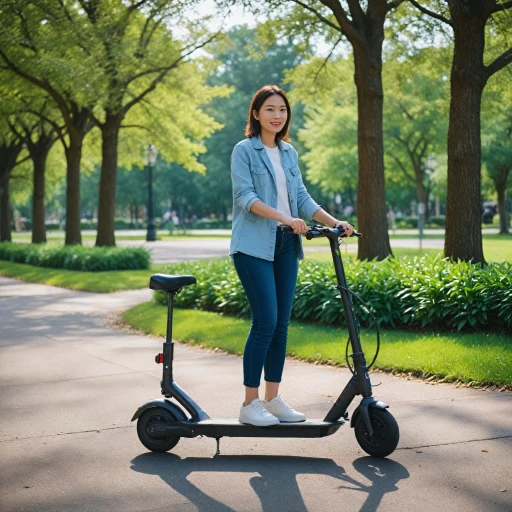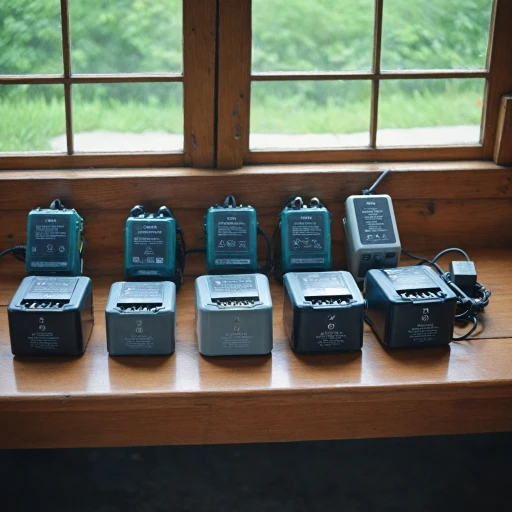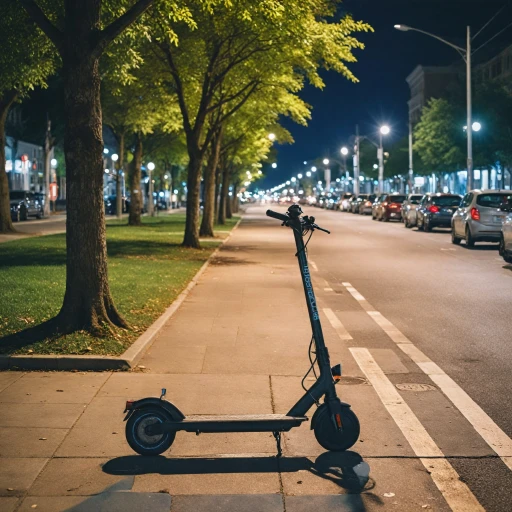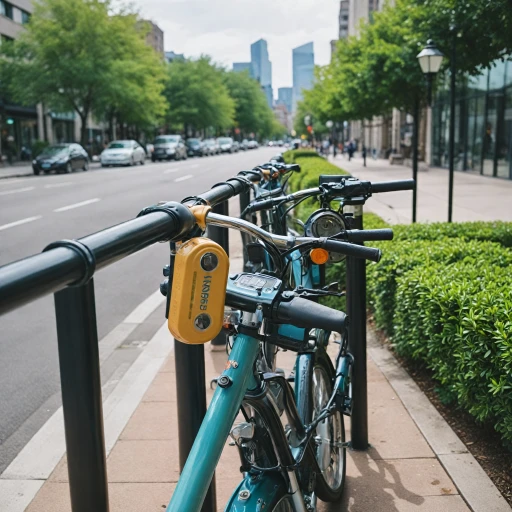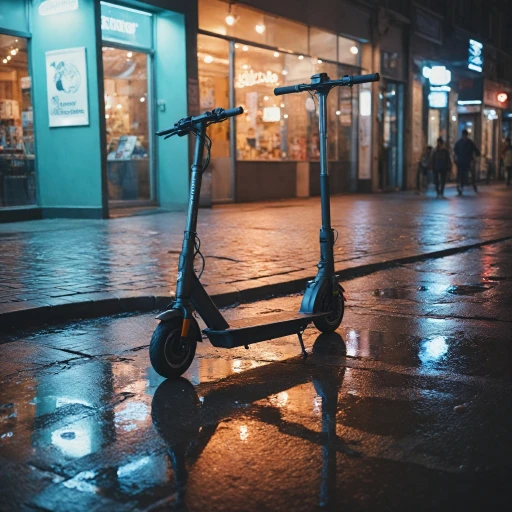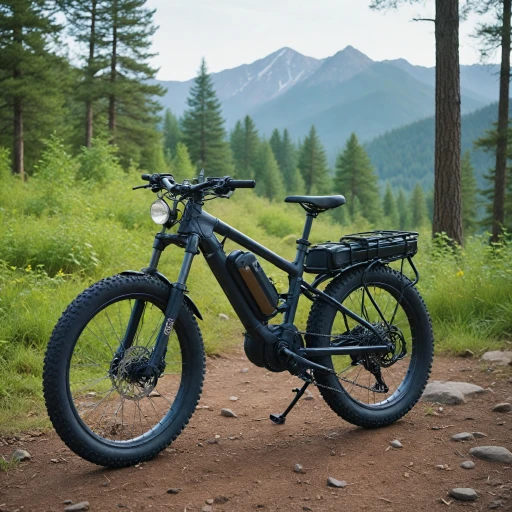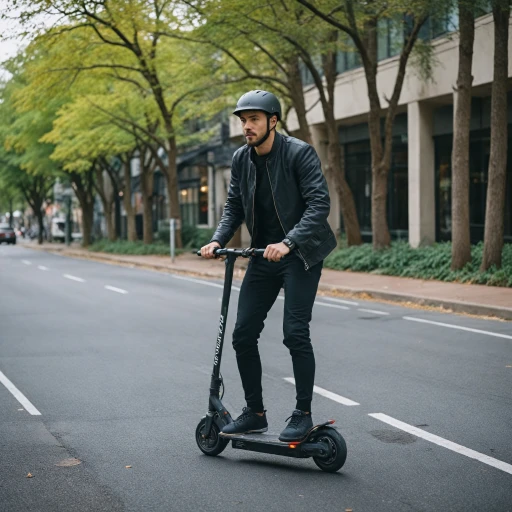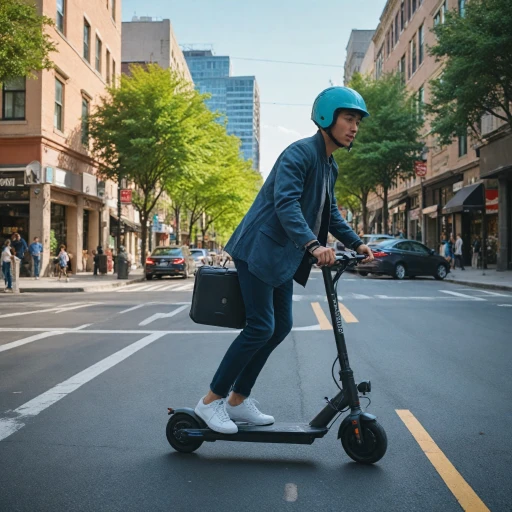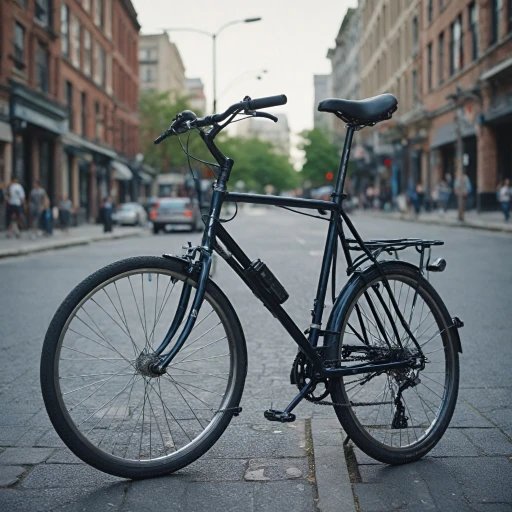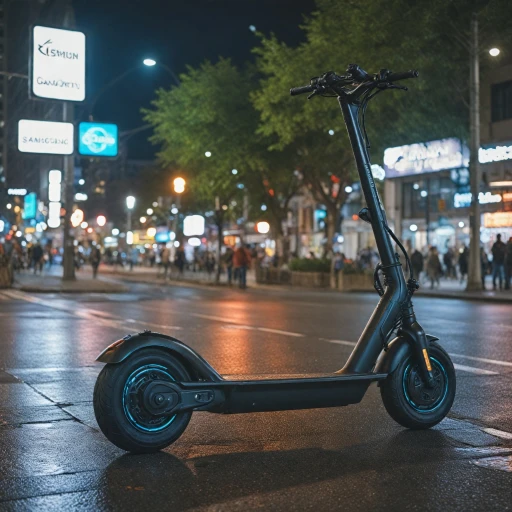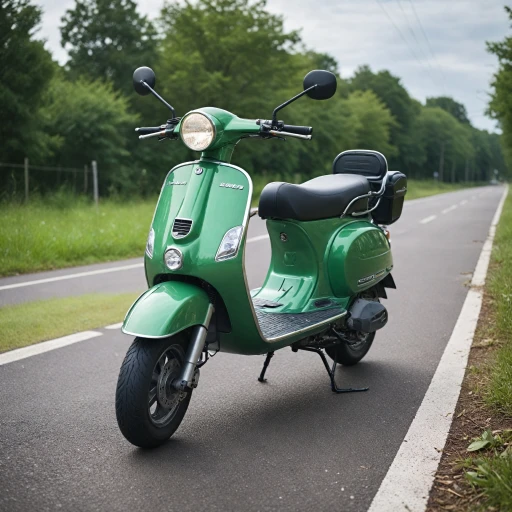Understanding Electric Scooter Regulations
Decoding Scooter Regulations Across the States
Navigating the legal landscape of electric scooters can be daunting for new scooter riders. Regulations vary significantly from state to state and even within city limits. Understanding these laws is crucial before taking your scooter for a ride.
Primarily, electric scooters are classified under the category of motor-driven vehicles. The classification and requirements depend on factors such as engine displacement and the scooter's maximum speed.
Many states impose speed limits, often around 15 to 20 mph. However, some regions may allow electric scooters in bike lanes while others restrict them to sidewalks, creating a complex puzzle for riders to decipher. Failure to adhere to these laws could result in penalties or fines.
Riders should also consider whether a driver license is required. While some jurisdictions treat scooters similar to bikes—no license required—others mandate a license if the scooter exceeds a certain speed limit. In particular, if the speed can exceed 25 mph, a license might be obligatory.
Helmet laws also play a critical role in ensuring safety. Several states have made it mandatory to wear a helmet, especially for younger riders. Misunderstandings around helmet requirements could lead to unsafe riding practices.
Each state has its own set of rules governing where scooters are allowed to ride, and these can change frequently as new legislation is passed. It's advisable to stay updated with local authorities. For those unfamiliar with the specifics, reference materials such as choosing the best lock for your e-scooter can also provide more insights on ensuring your scooter is both safe and legally compliant.
Safety First: The Importance of Wearing a Helmet
The Unyielding Necessity of Helmet Usage
As the growing popularity of electric scooters thrusts them into our daily lives, the importance of wearing a helmet cannot be overstated. While the unrestrained feeling of freedom while gliding through urban landscapes is indeed alluring, it brings with it an irrefutable commitment to safety.
Helmets are fundamental in buffering against potential head injuries, a risk that escalates with the increasing speeds electric scooters can reach. Many models can hit a speed limit of 15 mph or more, which makes them capable of inflicting injuries akin to those from traditional bikes or even low-speed motorcycles.
Helmet laws for scooter riders often vary by state, and while some locations urge riders to always wear a helmet, others merely suggest it. However, regardless of the legal requirements in your area, the choice to wear a helmet should stem from a personal mandate for safety. Helmets required by law or not represent a crucial layer of protection against accidents that may occur due to unpredictable traffic or unfavorable riding conditions.
It is also worth considering the speed limits in your specific area. Depending on the maximum speed your scooter can achieve and local scooter laws, wearing a helmet becomes even more imperative when riding on roads rather than designated bike lanes or sidewalks where speeds must not exceed mph.
In essence, while electric scooters provide the liberty to traverse your environment with ease, the responsibility of wearing a helmet remains a constant companion for those who prioritize safety over convenience. For further insights into prioritizing the security of your two-wheeler, you might find this guide on securing your electric scooter with the best lock useful.
Choosing the Right Helmet for Your Electric Scooter
Choosing a Properly Fitted Helmet for Safety
Selecting the right helmet when buying an electric scooter is crucial not just for compliance with helmet laws, but for ensuring your safety as you navigate the road. With various models and styles available, it’s important to focus on a few key factors that meet legal requirements and provide optimal protection.- Helmet Types: Not all helmets are created equal. While some riders view them as akin to bicycle helmets, the protective needs can differ substantially. Given that electric scooters can reach speeds similar to motorcycles, helmets that meet the safety standards for motor vehicles are recommended. Look for helmets certified by safety organizations to ensure they adhere to necessary guidelines.
- Fit and Comfort: Riding at high speeds, potentially reaching the maximum speed limits, demands a helmet that fits snugly. A properly fitted helmet stays firmly in place, providing full coverage without obstructing your vision or mobility. Consider adjustable chin straps for added security.
- Ventilation and Weight: Even the safest helmet can be uncomfortable if it’s too heavy or lacks adequate ventilation. Lightweight helmets with sufficient air vents can help reduce fatigue during long rides, making the journey more enjoyable without compromising safety.
- Visibility and Communication: Choose helmets with reflective accents or integrated lights to enhance visibility, especially when riding at night or in low-light conditions. Some helmets even offer Bluetooth connectivity, allowing riders to communicate or listen to navigation without taking their eyes off the road.
Common Misconceptions About Helmet Use
Common Misunderstandings About Headgear Use in Electric Scooters
Many misconceptions surround the use of helmets when riding electric scooters. It's crucial to address these misunderstandings to enhance safety awareness and compliance among scooter riders. Firstly, there is a prevailing notion that electric scooters, especially those on sidewalks and bike lanes, are not "fast" enough to warrant a helmet. Many believe that because these scooters often remain below 15 mph, unlike traditional motor vehicles or motorcycles, wearing a helmet seems unnecessary. However, the relative speed combined with potentially crowded sidewalks can increase the risk of accidents requiring head protection. Some riders also think that if local regulations don't explicitly list helmets required for scooters, they can skip wearing one. Unfortunately, helmet laws can vary significantly from state to state. Certain states classify electric scooters as motor-driven cycles under traffic laws, implying that helmets are indeed mandated, despite any ambiguity. Therefore, understanding specific scooter laws in your area is paramount. There's also a stereotype that helmet-wearing diminishes the casual and fun appeal of riding. However, it's worth emphasizing that safety should always take precedence over appearance. The wide array of helmet styles currently available offers scooters the opportunity to remain stylish without compromising on safety. Additionally, some riders mistakenly believe that helmet use is unnecessary for short rides or trips. However, accidents can occur at any time and wearing a helmet dramatically reduces the risk of severe injury during any unexpected falls or collisions. In the end, while the regulations around helmet use can be complex, knowing the local helmet laws and using one consistently is a small price to pay for the potentially life-saving benefits it offers.Beyond Helmets: Other Essential Safety Gear
Additional Protective Gear to Enhance Safety
While wearing a helmet is crucial, especially given that helmet laws vary from state to state, other protective gear can enhance the safety of electric scooter riders. Depending on the speed and power of your scooter, additional gear might be necessary to consider.
1. Elbow and Knee Pads: Just like with bikes and motorcycles, wearing pads can protect you from the impact of falls or collisions. Many scooter riders find these especially useful when dealing with motor-driven vehicles that exceed certain speed limits.
2. Reflective Clothing: Enhancing your visibility on the road is vital. Reflective clothing ensures you're seen by others during nighttime or low-light conditions, which is essential since sidewalks and bike lanes can sometimes conceal riders from the view of other drivers and pedestrians.
3. Gloves: Gloves provide a better grip and protect your hands from abrasions in case of a fall. They are particularly useful when riding in cooler weather or at maximum speeds where wind resistance can be a factor.
4. Protective Eyewear: If you're traveling at high speeds, eyewear can prevent dust and debris from impairing your vision. This is especially important because scooters allowed on roads often encounter various environmental conditions.
5. Motorcycle Jackets: For regular commuters who ride at higher speeds, investing in a lightweight motorcycle jacket might be wise. These provide ample protection and are designed to withstand impacts more effectively than standard clothing.
By equipping yourself with the right gear, you not only comply with scooter regulations but also prioritize your safety and riding comfort. This comprehensive approach ensures that your riding experience is both enjoyable and secure.
Making an Informed Purchase: What to Consider When Buying an Electric Scooter
Factors to Consider for Your Purchase
When deciding to buy an electric scooter, it's crucial to evaluate various factors that can significantly impact your experience on the road and overall safety. Understanding these elements will help ensure you choose a scooter that meets your needs and complies with local laws.- Speed and Regulations: Check the maximum speed of the scooter. In many states, electric scooters with a speed limit exceeding a certain mph may require a driver's license. Familiarize yourself with local scooter regulations to ensure legal operation.
- Safety Gear and Compliance: Apart from wearing a proper helmet, it's vital to consider other protective gear like gloves and knee pads. Knowing state-specific helmet laws can prevent legal troubles.
- Engine Capacity and Classification: Determine the engine displacement, as some regions classify electric scooters as motor vehicles if they exceed certain thresholds, affecting where you can ride them, like on sidewalks or bike lanes.
- Battery Life and Range: Evaluate the battery range to ensure it aligns with your commuting needs. Longer battery life ensures fewer stops for charging and uninterrupted journeys.
- Build Quality and Design: Look for sturdiness and stability in the build, especially if you'll be encountering rough terrain. A well-constructed scooter provides durability and safety.

